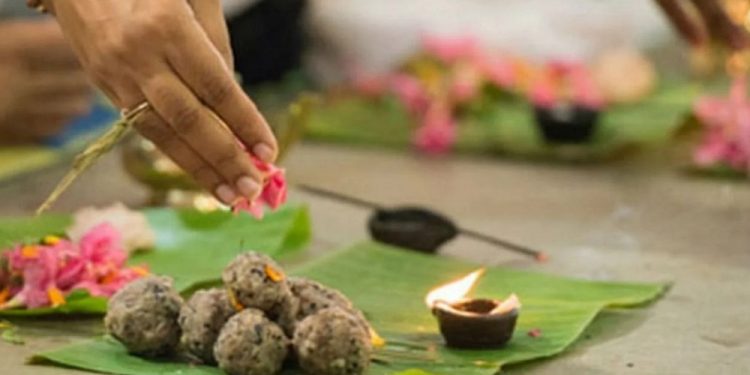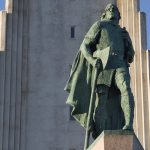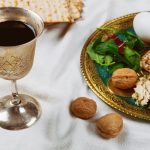
Mahalaya Amavasya
Mahalaya Amavasya is a Hindu tradition dedicated to one’s ancestors. Also known as Pitra Moksha Amavasya and Pitru Amavasya, this holiday falls on the new moon day (Amavasya) of the month of Bhadrapada—which places it around August or September on the Gregorian calendar.
In North India, the Purnimant calendar is often used, so the holiday is often observed during the month of Ashwin. That places it around September or October on the Gregorian calendar. Regardless of the date on which it is celebrated, it is a special day on which people can thank previous generations for the contributions they have made to their lives.
The History of Mahalaya Amavasya
This holiday festival and tradition is part of a larger festival that takes place over the course of 16 days and is known as Mahalaya. As is the case with all Hindu festivals, this one has its own origin story. This holiday can be attributed to when the Goddess Durga visits her paternal home on Earth.
She returned to defeat the demons known as Asura after Lord Vishnu and the devatas worshipped Adi Shakti, and their prayers called out to her. For 9 days, Goddess Durga battled Mahishasur, and on the 10th day, she killed him. This commemorates the beginning of Navratri and Durga Puja. On the morning of Mahalaya Amavasya, the first ancestors bid farewell and bless Devi Durga’s descent to Earth.
Observing Mahalaya Amavasya
This holiday is observed on the last day of Pitru Paksha, a day that is called the fortnight of the ancestors. It is the most significant day in the entire 16-day festival and symbolizes the descent of Goddess Durga on Earth. It is also celebrated with a wide variety of different rituals—rituals that we will examine in detail in the next section.
The Rituals of Mahalaya Amavasya
On this day, rituals are observed for those deceased family members who have died. People get up earlier, finish their morning rituals, and dress in yellow clothes. The Shraddha ceremony is then observed by the eldest male in the family.
A Brahmin is then brought into the home, and the observer performs a ritual washing of his feet and provides him with a place to sit. Deva Paksha Brahmin is always seated facing the east, while Matru Paksha and Pitra Paksha Brahmin are seated facing the north.
The ritual for the ancestors then continues with the burning of incense, the lighting of special clay lamps, and flowers. Water and barley are offered to please the forefathers, and a sacred thread is offered. It is also customary to sprinkle sesame seeds where the Brahmins are seated. Other offerings to the ancestors include Kheer, rice, and yellow gourd.
Another customary practice is a special feast that can include broad beans, mango, banana stem, Sundakkai berries, and other special treats. This is a holiday on which special appeals are made to deceased relatives to ensure prosperity in the future and to thank them for what they gave up for us to be here.








